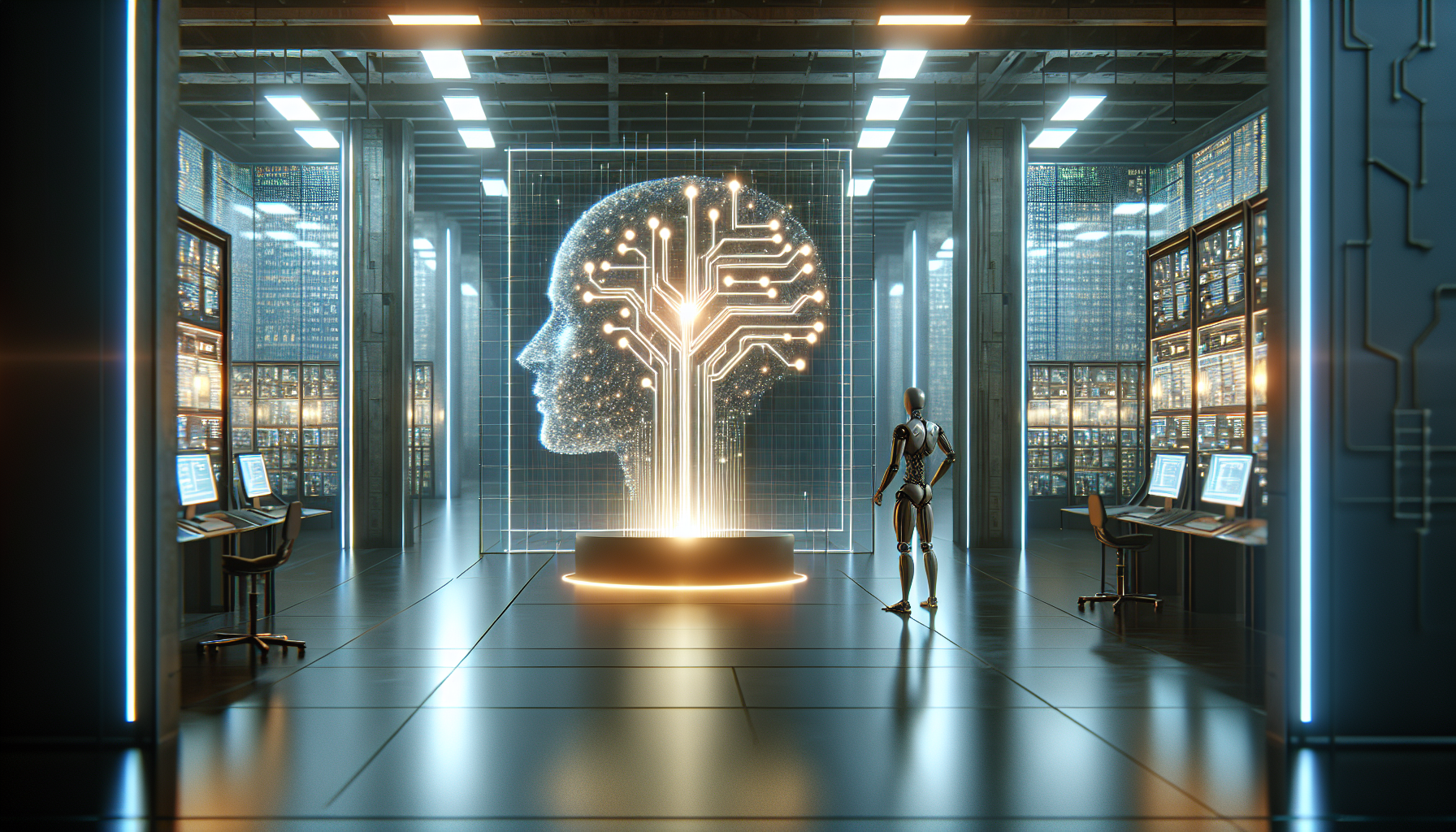
AI and Cybersecurity: Protecting Against Digital Threats Through Comparative Analysis
May 6, 2025
Artificial Intelligence (AI) and cybersecurity are two fields that have become intertwined in the quest to safeguard digital infrastructures against increasingly sophisticated threats. As cyberattacks grow in complexity, deploying AI in defense strategies has become not merely advantageous but essential. By examining the comparative strengths and limitations of AI-driven cybersecurity measures, we can gain a deeper understanding of how best to utilize these technologies to protect against digital threats.
AI's role in cybersecurity is multifaceted, offering both proactive and reactive solutions. On the proactive side, AI systems can analyze vast amounts of data to identify potential vulnerabilities before they are exploited. These systems utilize machine learning algorithms to detect patterns and anomalies that human analysts might overlook. For example, AI can be programmed to recognize unusual network traffic patterns indicative of a potential breach.
In contrast, traditional cybersecurity measures often rely on predefined rules and signatures to detect threats, which can be limiting. These systems are effective in identifying known threats but can be less successful against novel attacks. An AI-driven approach, by learning from new data continuously, can adapt to changing threat landscapes more nimbly.
However, AI is not without its challenges. One of the significant limitations is the potential for false positives, which can overwhelm security teams with alerts that may not require immediate action. This is where a comparative analysis of AI and traditional methods can provide valuable insights. While AI excels in processing and analyzing data at a scale beyond human capability, human oversight remains crucial in interpreting results and making informed decisions.
Another area where AI demonstrates its prowess is in threat intelligence. By automating the collection and analysis of data from diverse sources, AI can provide a comprehensive view of the threat environment. This intelligence enables organizations to anticipate and counteract cyber threats more effectively. In traditional setups, gathering and analyzing such data would be time-consuming and prone to oversight.
Yet, the integration of AI into cybersecurity strategies raises concerns about privacy and the potential misuse of AI technologies by malicious actors. Just as AI can be used to protect systems, it can also be exploited to launch more sophisticated attacks. For instance, AI-driven malware can adapt its behavior to evade detection, posing significant challenges to defenders.
The balance between AI's capabilities and its limitations highlights the necessity of a hybrid approach to cybersecurity. By leveraging the strengths of AI alongside human expertise, organizations can create a more robust defense framework. Human intelligence is indispensable for understanding the context of threats and making strategic decisions that AI alone cannot achieve.
Moreover, as AI technologies evolve, ethical considerations must guide their application in cybersecurity. Ensuring transparency in AI decision-making processes and maintaining accountability are critical to building trust in these systems. Companies and governments must collaborate to establish standards and regulations that govern the use of AI in cybersecurity, ensuring that its deployment aligns with ethical standards and societal values.
In examining the comparative effectiveness of AI and traditional cybersecurity measures, it becomes evident that neither can singularly address the complexities of modern digital threats. Instead, a comprehensive approach that integrates AI's analytical power with human judgment offers the most promising defense against cyber threats.
As we continue to explore the potential of AI in cybersecurity, the question remains: How can we harness these technologies to not only protect against existing threats but also anticipate and mitigate future challenges? This inquiry invites ongoing dialogue and innovation, as the intersection of AI and cybersecurity holds the key to securing our digital future in an increasingly interconnected world.


